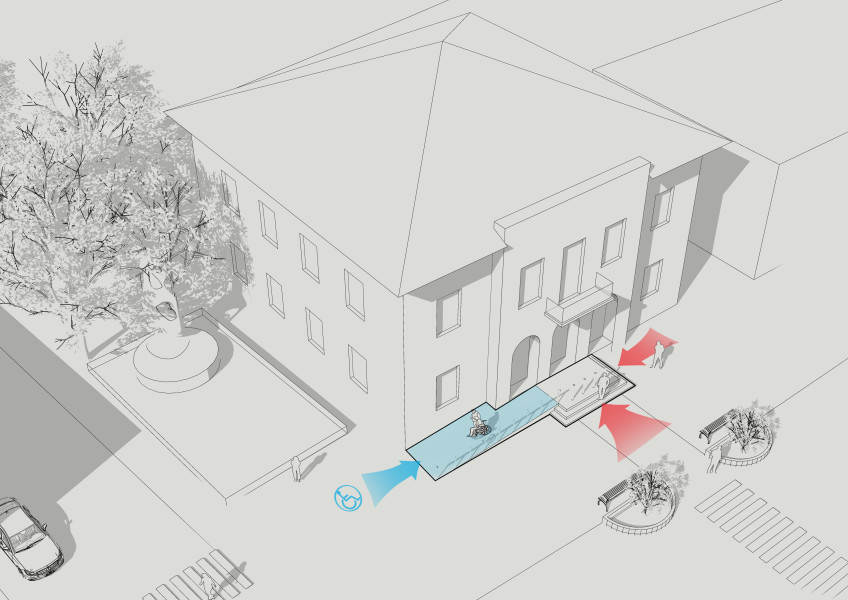Need for cultural change for an equal world for all
To date, in Italy, there are an estimated number of almost 10 million people who experience difficulties in mobility and access to places and unfortunately thinking in terms of accessibility to places is still a very rare thing, especially in our country. The main objective is to identify the presence of architectural barriers and those elements, on the other hand, that can facilitate access to structures and urban mobility in public places. Thus creating a city tailored to every type of person.
First of all, it is necessary to be able to make people understand that the world is not only made up of “normal” people but is also made up of people with “disabilities”. It is very important to take into account the different forms of disability. The so-called “disabled” are not only people in wheelchairs as many people unconsciously think, but they are also all those people who have excellent motor skills but with some other handicap such as the absence of hearing, sight, learning, etc. .
It is therefore not only a problem of steps or narrow accessibility spaces but also for example of overcoming very long distances on foot for people with reduced autonomy, or in any case with walking difficulties, visual problems etc. Just think of a ladder too. It does not constitute an obstacle only for people with disabilities or in any case with motor difficulties of any kind, but also for people with complete movement and sensory skills. Who has never lost your balance by stumbling and maybe even falling off a ladder?
Another example that can be considered “disability” is obesity. In fact, in a city and its spaces, an obese person may find it difficult to move around and to be able to use the services provided by the latter. We need to design more and more by eliminating these types of obstacles.
In Europe it is estimated that people with reduced mobility are over 20% of the total population. Precisely for this reason it is necessary to think of new solutions for newly built spaces, spaces already built and the related management aspects that take into account precisely an enlarged user base. Reference is not made exclusively to the removal of architectural barriers but also to a “quality of living” and “environmental comfort” resulting in an increase in the “quality of life”. These issues are not only of interest to people with disabilities but sooner or later they will affect everyone due to aging with the consequent needs of everyone who will become less and less autonomous.
A city containing obstacles of various kinds, can be considered questionable from a social and human point of view. This “problem” can only be solved by treating this topic consistently and with the condition of achieving the goal of making life easier for all disadvantaged categories. This intention, starting from daily work, must be assimilated by each of us but especially by us technicians and professionals.

